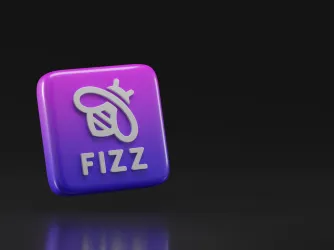Table of Contents
Defining ‘Harassment’ Down at SUNY-New Paltz

FIRE intern Acton Gorton has this commentary on recent goings-on in New York.
Telling someone to “shut up” is apparently enough to get you arrested by university police and thrown out of the State University of New York at New Paltz. According to a July 7, 2006, Inside Higher Ed article, Corinna Caracci, SUNY–New Paltz’s director of residence life, filed a police report accusing newly elected student government President Justin Holmes and Vice President R.J. Partington III of “upsetting and annoying her.”
The university found this to be sufficient grounds for harassment and gave Holmes a one-year suspension, while expelling Partington. In response to this, Holmes has created a website with a video of the incident, which appears to contradict Caracci’s allegation that she was forced into a hostile situation that would be likely to make her feel “like a terrorized single woman with no one to protect me.” (Take a look at the video and decide for yourself.)
In light of the existence of this video, SUNY–New Paltz might want to reconsider its decision to punish students for hurting someone’s feelings before the students carry through with their threat to sue the university for reinstatement.
Recent Articles
Get the latest free speech news and analysis from FIRE.

FIRE's 2025 impact in court, on campus, and in our culture

The trouble with banning Fizz

VICTORY: Court vindicates professor investigated for parodying university’s ‘land acknowledgment’ on syllabus
